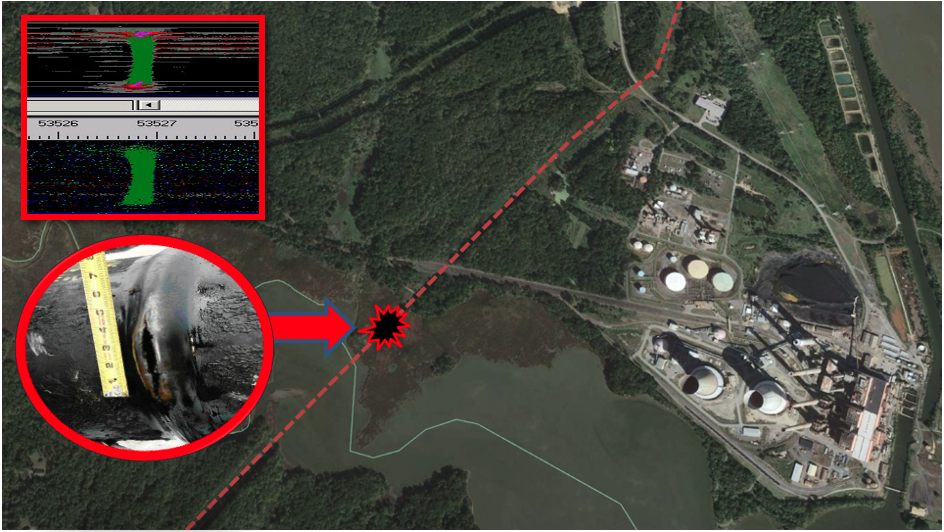Introduction
The Pipeline and Hazardous Materials Safety Administration (PHMSA) added sections 49 CFR 195.191 and 192.493, In-line inspection (ILI) of pipelines, into the Federal Pipeline Safety Regulations in 2017 and 2020, respectively [1]. PHMSA has also incorporated the second edition (April 2013) of the API standard 1163, In-line Inspection Systems Qualification, by reference in §195.3 and §192.7, and in September 2021 the third edition of API Std 1163 was published. What is new? What is important?
Over the last 20 years in the United States, there have been 7,500 pipeline reportable incidents with almost 80 million gallons of hazardous liquids spilled. According to Accident Reports (PHMSA Form F7000), from 2010 to 2020 more than 30% of the pipelines involved in spilled incidents had at least one in-line inspection (ILI) that collected data at the point of the accident. This brings into question the effectiveness of ILI and what we do with its results or lack thereof.
On the morning of April 7, 2000, the Piney Point Oil Pipeline system experienced a pipe failure at the Chalk Point Generating Station in the state of Maryland, 35 miles southeast of Washington DC. The release was not discovered or addressed by the contract operating company until late afternoon. Approximately 140,400 gallons of fuel oil were released into the surrounding wetlands and Swanson Creek and, subsequently, the Patuxent River (see Figure 1).

The accident cost approximately $71 million for the environmental response and clean-up operations in 2000! The National Transportation Safety Board (NTSB) concluded that the ILI vendor interpretation of the compression wave ultrasonic tool data contained a significant inaccuracy for the feature at odometer station 53526.55 [2]. This feature was found after the accident to be a buckle. However, it was inaccurately interpreted by the ILI vendor’s analyst as a T-piece in 1997. The buckle failed and resulted in the leak on April 7, 2000. Had the pipeline operator been notified that the feature was a buckle or at least an unknown, they may have attempted to excavate and investigate the feature. Therefore, the NTSB concluded that because the ILI vendor incorrectly interpreted the results of its metal loss ultrasonic tool data for the pipeline feature at odometer station 53526.55 (see insert in Figure 1), the pipeline operator was not alerted to the need for additional evaluation of the pipe at the location where it subsequently ruptured.
Five years later, the first edition of API Standard 1163, In-line Inspection Systems Qualification, was published in August 2005 [3]. This standard serves as an umbrella document to be used with and complement companion standards (see Figure 2). NACE SP0102-2010 Standard Practice, “In-Line Inspections of Pipelines,” and ANSI/ASNT ILI-PQ, “In-Line Inspection Personnel Qualification and Certification,” all have been developed providing service providers and pipeline operators rigorous processes, which will consistently qualify the equipment, people, processes, and software utilized in the in-line inspection industry.


















Comments and Discussion
There are no comments yet.
Add a Comment
Please log in or register to participate in comments and discussions.